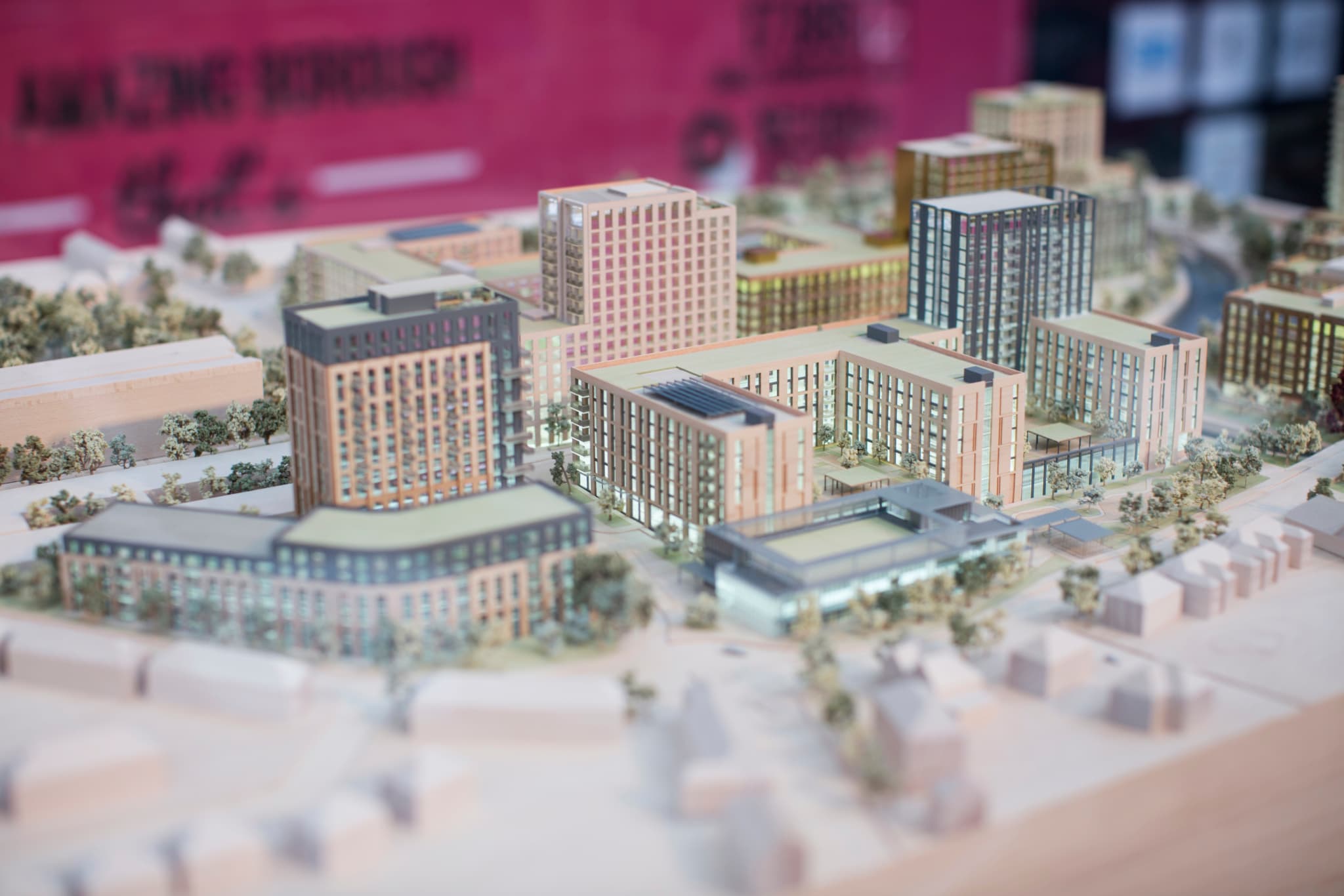

G&T has long history of supporting the London Real Estate Forum's NextGen initiative.
Find out more about our partnershipNextGen Spotlight: LREF Investment Summit

Through G&T's partnership with New London Architecture (NLA) and as part of the recent Investment Summit held in the build up to the 2021 London Real Estate Forum (LREF), we invited NextGen members to give their insights on key market trends discussed by industry leaders at the summit.
The changes we are seeing now will significantly impact the next generation of built environment leaders at a critical point in their careers. Read on to find out how our cities could best adapt to fit an ever changing landscape and the future needs of their users in the first in a series of articles exploring sustainability, the future office, modern methods of construction and more.
The Mass Timber Construction Debate
In the first article of the series NextGen champion and Associate Director Jessica Pennell looks towards a greener and more sustainable London exploring how the use of mass timber could help address the UK’s climate emergency and what the challenges around using the material are.
With increased opportunity for development in London’s suburban towns and the UK Government’s aim to become net zero by 2050, the industry has the chance to create smarter and more sustainable places to live. These future developments can consider embodied carbon, operational carbon and whole life carbon factors from the outset of construction projects to help work towards achieving net zero carbon.
"Policy and carbon taxes combined with client project sustainability goals are key drivers towards lower carbon solutions."Jessica Pennell
G&T Associate Director
To reach net zero various aspects of the design of a building must be considered to reduce the carbon impacts. In this article we focus on one aspect of the net zero story - the building fabric and its impact on embodied carbon. Whilst the first consideration should be the re-use or refurbishment of existing buildings, as every new building will result in operational carbon and contain embodied carbon, this is often not feasible due to cost implications or programme constraints.
So why are we considering Mass Timber material solutions and how does this fit in to net zero aspirations when building a greener city? Policy and carbon taxes combined with client project sustainability goals are key drivers towards lower carbon solutions. As a result timber is being considered as a favourable solution to achieve lower embodied carbon and reduced carbon offset requirements in comparison to the more traditional concrete and steel frame options. Additionally, sustainably sourced timber solutions are the only truly renewable building material options.
"The global events of 2020, health and wellbeing factors have been put into sharp focus and studies have shown that a biophilic design can in fact improve occupants’ wellness."Jess Pennell
G&T Associate Director
Exposed timber structural solutions as a natural material provide its users with a connectivity to nature, positively influencing their health and wellbeing.
For many years timber solutions have only been aspirational but with recent improvements in technology, offsite manufacturing and modern methods of construction, it is now becoming a more viable option. This is further supported by the development of hybrid options enabling teams to overcome some of the barriers to using timber.
There is of course the concern over fire spread within timber buildings, particularly where elements are exposed. However there is growing knowledge on the behaviour of timber structures in fires from research and testing which is informing fire engineering solutions. The insurance market is also engaged in the process, helping to work towards unlocking the market for insuring timber buildings both during and post construction.
It is not just the material that needs to be considered when creating a green and healthy building, but the end of life use of a building and the impact of the supply chain. Long-term holistic thinking that considers the impact projects will have on the environment from inception through to transportation is needed to create a truly sustainable environment.

As part of Gardiner & Theobald’s ongoing Mass Office Timber Series that brings together leading experts to discuss barriers to the take up of timber across the industry such as Fire, Sustainability, Best Practice, Insurance and Cost, we hope to unlock numerous timber construction solutions, enabling them to play a key role in achieving carbon reduction targets working towards net zero by 2050.
Will timber become the norm and future of buildings in the UK? That remains to be seen, but there will certainly need to be major changes to construction and the building industry to achieve net zero commitments. Perhaps the unfortunate events of 2020 provide an opportunity to consider new approaches to move towards a greener, more sustainable and inclusive built environment of the future.
G&T has been NextGen sponsor of the LREF since it began in 2014. In 2019 pre pandemic the conference welcomed over 400 people for two days of speakers and events focussing on the theme ‘People not Property.’
Alongside hosting the evening reception on the first night, G&T sponsored their NextGen debate on the future of flexible working. NextGen members discussed the future shape of London, wellbeing and how to create more engaging spaces for people who work and live in the buildings we create. A concept which has been accelerated as a result of the pandemic.
Find out more about our partnership.
Catch up on the Investment Summit webinars.






